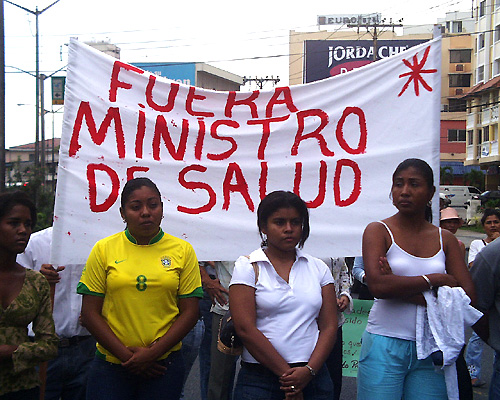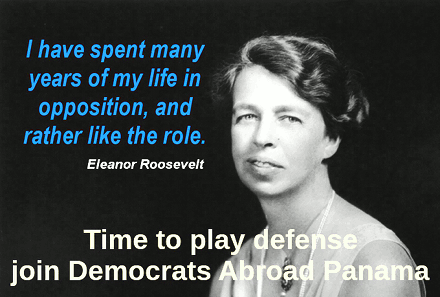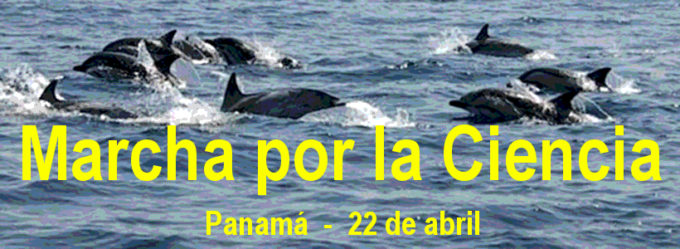
More than a decade later, the high court adjusts sentences for a mass poisoning
by Eric Jackson
An erstwhile corporate executive and four former Seguro Social employees will be going to prison, and several other former public employees, including former social security director René Luciani, also received prison terms, but for less than four years and thus with the time behind bars avoidable by $1 per day fines. The company man got five years and four low-level former government workers got 15 years apiece for changing expiration date labels on what turned out to be toxic lab chemicals. Thus spake the Penal Bench of the Supreme Court, which revoked some lower court acquittals and adjusted some sentences. Appeals might be made to the full court or to the Inter-American Human Rights Court, but most probably the result is final. The ruling comes after nearly 11 years of legal and political wrangling, some of it with partisan, racial or class overtones.
At the time, there was all sorts of misinformation and disinformation swirling about and this reporter was not the only one hoodwinked by some of it. But with the passage of time, a lot of good work by various lawyers and reporters and persistent demands for the truth, we know the basic outlines of what happened, if not such details as a precise death count.
In the summer of 2006, with the Torrijos administration and ACP running a full-blast campaign to win a canal expansion referendum, patients started to die mysterious deaths at or shortly after visiting Seguro Social (CSS) and Ministry of Health facilities. News that this was happening was suppressed for many weeks by a government anxious to avoid any distraction from the state-funded “yes” campaign.
As part of that campaign, the president and first lady were helicoptering around the country to remote village in the indigenous comarcas and other boondocks venues, distributing non-prescription medicines at many of their stops.
People were being poisoned by sugar-free cough syrup, generally recommended for diabetics and also for senior citizens and others trying to lose weight or reduce their sugar intake. Some 20,000 flasks of the syrup — so it is estimated — had been mixed at the Seguro Social medicine lab, where deadly toxic diethylene glycol (DEG) that has been mislabeled as glycerin was mistakenly added.
So how did THAT happen? The New York Times reporter Walt Bogdanich followed the trail to China and back and won a Pulitzer Prize for it. In China at the Taixing Glicerin Factory the stuff was labeled “substitute glycerin” — in Chinese. DEG can be used in place of glycerin for certain things, but definitely not for human consumption. It was then marketed as medicinal grade via a Chinese exporter, CNSC Fortune Way. A Spanish wholesaler, Rasfer Internacional, ordered a lot of glycerin and was sent a mix of glycerin and DEG. There is some question about whether labels were changed in China between manufacture and export, but the stuff was sent off and in Spain the labels were changed to say glycerin. Then, in 2003, a Panamanian import company with beneficial ownership still undisclosed pursuant to this country’s corporate secrecy laws, Medicom SA, put in the order to the Spanish wholesaler, thinking to resell to the CSS lab.
In September 2004 the presidency passed from Mireya Moscoso to Martín Torrijos and although it is routinely denied by most players in the Panamanian political system, so did the political patronage pecking order of which companies get government contracts.
Medicom, having again changed the labels to extend the expiration date, sold the mislabeled DEG, in a lot with look-alike containers that actually contained glycerin, to the CSS lab.
Once in the government’s possession, at some point the chemicals were looking older than optimal. Instead of testing them, people at the CSS department of Pharmacy and Drugs switched the labels again to once more falsify the expiration dates.
The DEG was mixed into sugar-free cough syrup and diphenhydramine (the main ingredient in the antihistamine Benadryl and the sleep aid Sominex). Neither the ingredients before mixing nor the medications after mixing were tested, either at the CSS lab or at the University of Panama’s lab that has a statutory mandate to certify all medicines used in the Republic of Panama.
Why no testing? Lawyers have argued back and forth but the record suggests that budget requests for the equipment, reagent chemicals and labor needed to do systematic medicine testing were made and routinely rejected over many years, to the point at which any such request was considered a routine formality that was not to be taken seriously. That then led to triangular finger-pointing among CSS directors, CSS boards and the national government over the funding that never came.
Probably sometime late in 2005 or early in 2006 the DEG started to be mixed into medicines. The first officially noted death from the poison came on August 2 but CSS and Ministry of Health physicians and staff say that the problem was noticed several weeks before that. The medical findings of those affected — no fevers or signs of infection — would have suggested a toxin. But the Torrijos administration suppressed news of the deaths and illnesses as a part of its canal expansion publicity campaign, and people who had not been alerted of any problem continued to get the tainted medicine and die or become ill from it.
People in the CSS and Ministry of Health raised the alarm, at first to limited effect because most of the major media were being paid many millions of dollars by the government both to publish advertising and to slant the news in favor of the “yes” campaign. It wasn’t until late September when word got out in the press, and then there was a big public panic that significantly reduced the numbers of those seeking help from the public health care system. (There is probably a death toll from the panic, of people who should have sought attention but failed to do so due to their fears and died as a result.) The panic, breaking on the eve of the referendum, elicited claims by the government that they did not know, and then a usual show of an underdeveloped country’s helpless posture of calling in the Americans. The US Centers for Disease Control quickly identified the problem.
So how many died? Officially 107, but by any reasonable count in excess of 400. The Torrijos administration delayed the purchase of testing materials until after the positive identification of such cases became possible due to the deterioration of tissue samples and their chemical residues. As a money and political reputation saving ploy, the government then asserted that without a positive test result, a DEG death did not happen.
Deaths out in the comarcas, beyond doctors and where there was no question of any autopsy? Those folks were not counted.
Hell was raised, proofs like medicine flasks with DEG residues were produced and ultimately hundreds of people left ill, some of whom died later but before their actuarial times, were officially accepted to be DEG victims and awarded a measure of special care and compensation.
The question on many minds and lips was “Who is Medicom?” A viral rumor was that its beneficial owner or owners were the offspring of then Housing Minister Balbina Herrera, who went on to be the PRD’s 2009 presidential candidate. When the question was put to her she did not directly answer but berated the reporter for going after he family. We still do not know who owned Medicom. Whether true or false, however, that rumor — and the attitude that it’s acceptable for a political candidate to duck such a question — let to Herrera’s crushing election defeat, from which she has made no significant comeback as a public figure or influential party leader.
The initial finger of blame pointed at lab director Linda Thomas, a black woman, who pleaded that she had no budget to test the chemicals. That went a long way toward breaking up what had been a solid PRD advantage among Afro-Panamanian voters, and later to black public officials elected in 2009 on the PRD ticket switching to Ricardo Martinelli’s Cambio Democratico party. After Martinelli took over the presidency he engineered some specious partisan assignments of blame, having his subservient prosecutors accuse Moscoso-era Seguro Social directors Juan Jované and Rolando Villalaz. For years the case went up and down the penal court system with defendants being added and subtracted, sometimes being added again.
There was never any attempt to investigate the cover-ups, neither between when the poisonings became known and when the public was informed, nor after the problem was generally known but steps were taken to block evidence of its full extent, nor the Martinelli-era attempts at partisan blame shifts.
In China? The director of the State Food and Drug Administration of China, Zheng Xiaoyu, was not charged with a role in the deaths, but was accused of taking bribes to allow the export of the DEG and other chemicals without proper safeguards. He was tried on May 29, 2007, sentenced to death and executed on July 10 of that same year.
~ ~ ~
These announcements are interactive. Click on them for more information.











